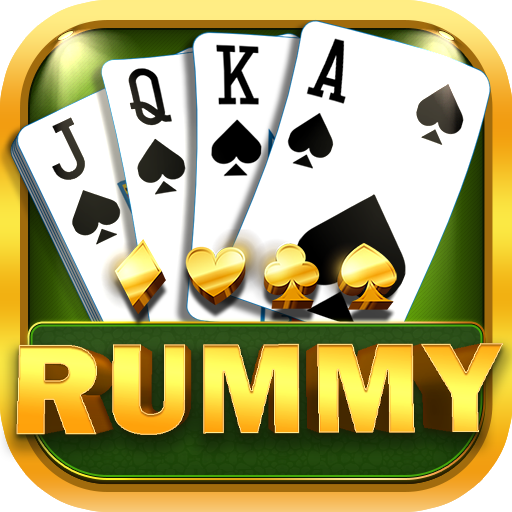Rummy Hands, a popular card game that combines skill and strategy, revolves around forming sets and sequences with cards dealt to each player. This article explores the fundamentals of rummy hands, including types of sets, sequences, and strategies to enhance your gameplay experience.
Basics of Rummy Hands
In rummy, a “hand” refers to the set of cards dealt to a player at the beginning of each round. The primary objective is to arrange these cards into valid combinations known as “melds” or “sets,” which typically consist of sequences (consecutive cards of the same suit) and sets (groups of cards with the same rank).
Types of Rummy Hands
1. Sequence (Straight)
A sequence is a consecutive series of cards from the same suit. For example:
- Ace, 2, 3, 4 of Hearts
- 8, 9, 10, Jack of Diamonds
2. Set (Group)
A set is a group of cards with the same rank but different suits. For example:
- 3 of Hearts, 3 of Diamonds, 3 of Clubs
3. Joker Usage
In some variants of rummy, jokers (wild cards) can be used to substitute any other card to complete a sequence or set. This flexibility can significantly enhance the chances of forming valid melds.
4. Deadwood
Deadwood refers to cards in a player’s hand that do not belong to any meld. The objective is to minimize deadwood points by forming valid sets and sequences and discarding unmatched cards.
Strategies for Success in Rummy Hands
1. Focus on Sequences
Prioritize forming sequences early in the game as they carry zero points when melded. This reduces your overall deadwood points and increases your chances of going out (declaring your hand) first.
2. Utilize Jokers Wisely
If jokers are in play, strategically use them to complete high-value sequences or sets. This can turn unfavorable hands into winning combinations.
3. Observe Discards
Pay attention to the cards discarded by opponents. This can give clues about the melds they are trying to form and help you decide which cards to pick from the discard pile or avoid discarding.
4. Plan Ahead
Anticipate potential sequences and sets based on the cards you have and those being discarded. Plan your moves several turns ahead to maximize your chances of forming complete melds.
5. Evaluate Risk vs. Reward
Assess the risk of picking up cards from the discard pile versus drawing from the stock pile. While the discard pile may offer immediate matches, it can also give opponents insights into your strategy.
Conclusion
Mastering rummy hands involves a combination of strategic thinking, pattern recognition, and card management skills. By understanding the types of sets and sequences, leveraging jokers effectively, and planning your moves strategically, you can increase your chances of success in this exciting card game. Whether you’re playing casually with friends or competing in online tournaments, honing your rummy hand skills can lead to enjoyable gameplay and rewarding victories. Embrace these strategies, practice consistently, and elevate your rummy gameplay to new heights.




